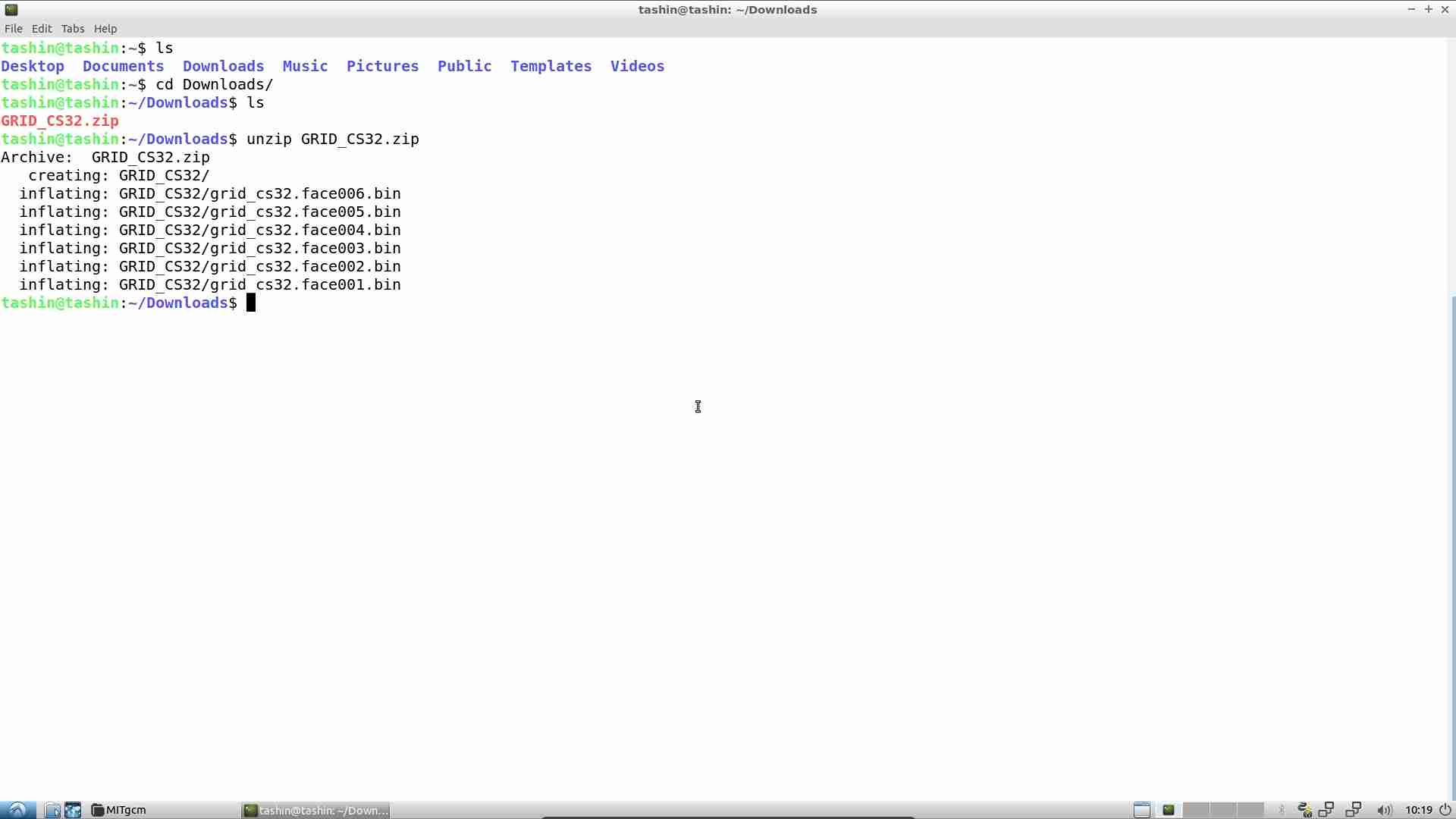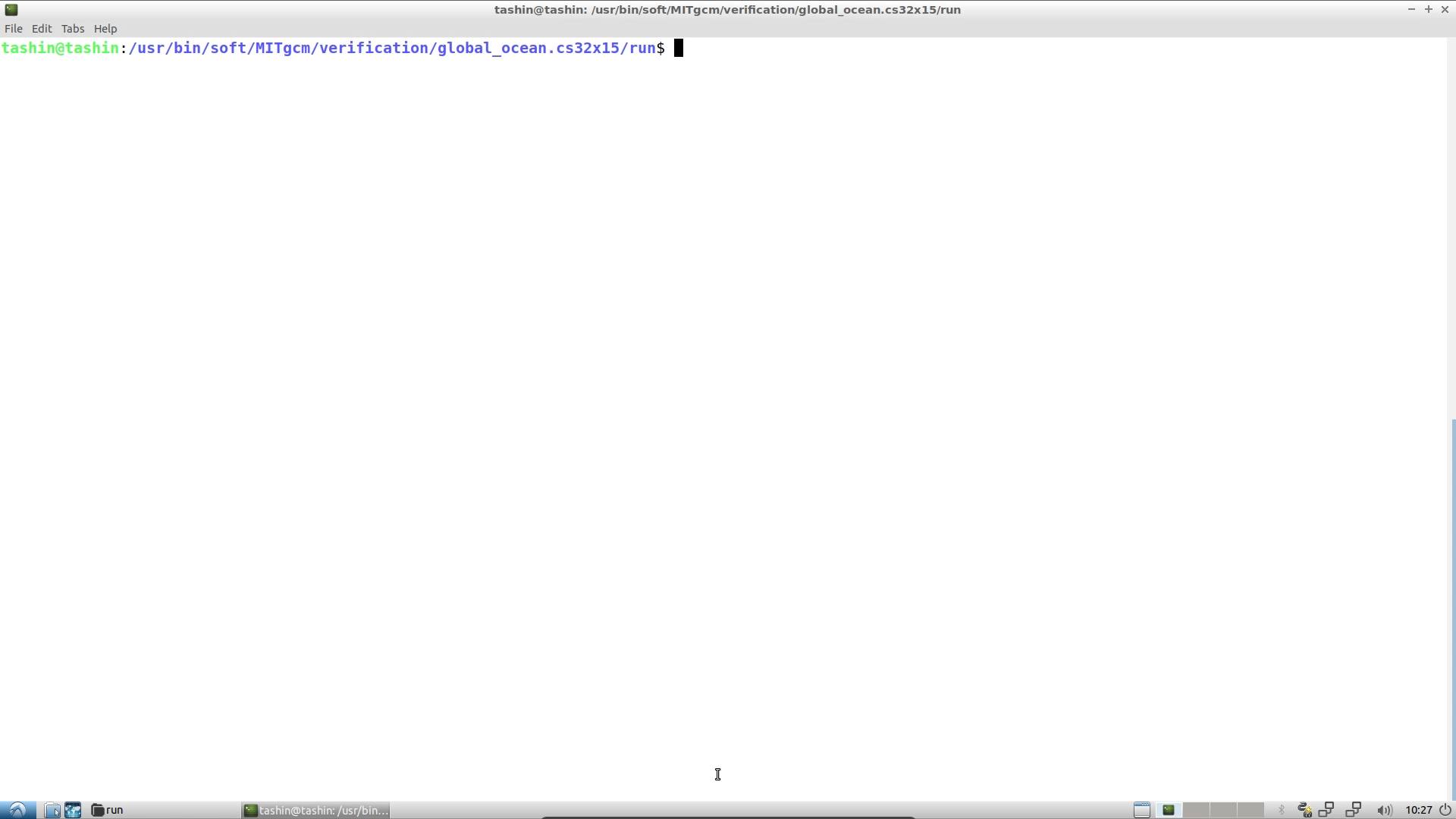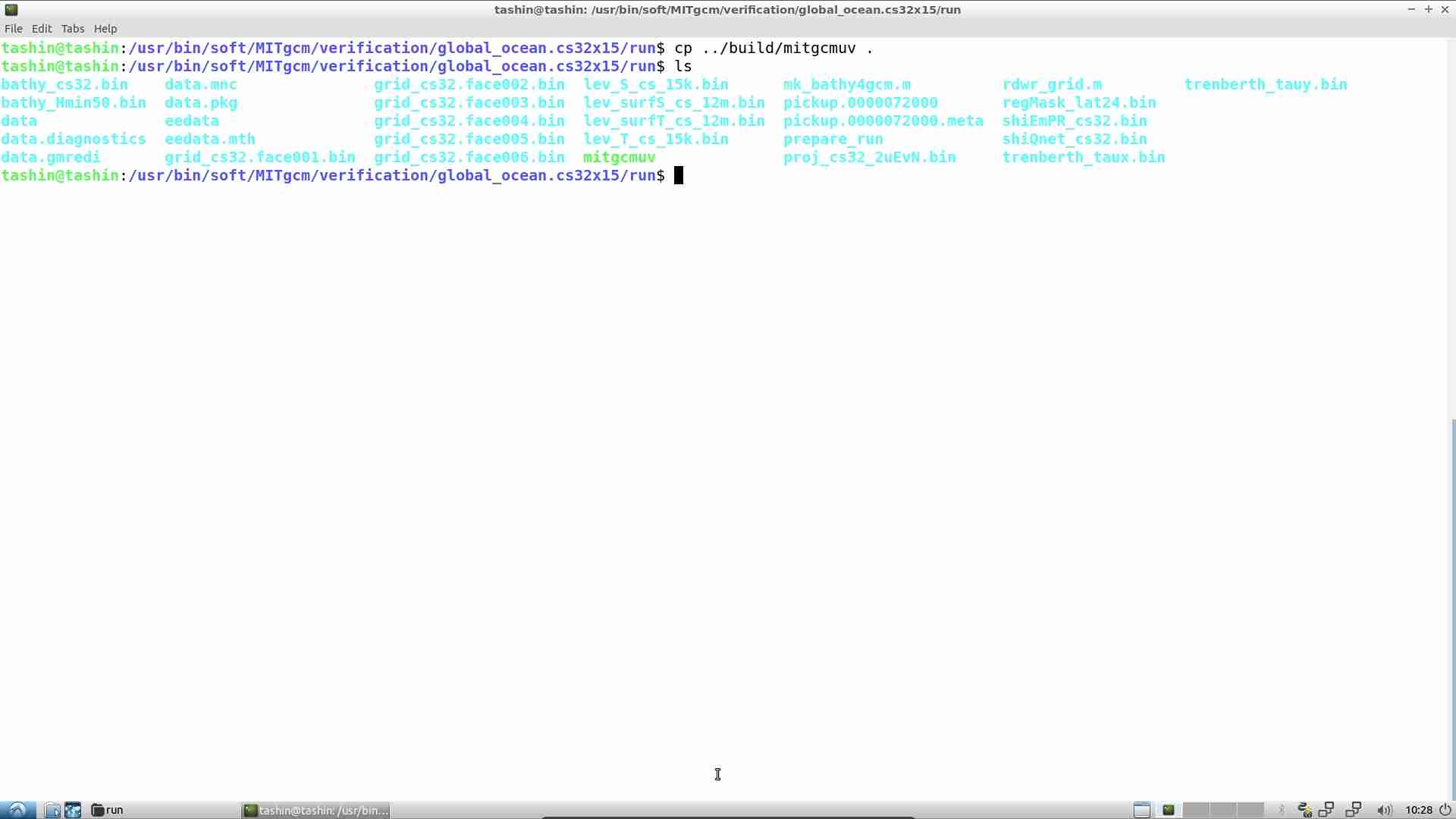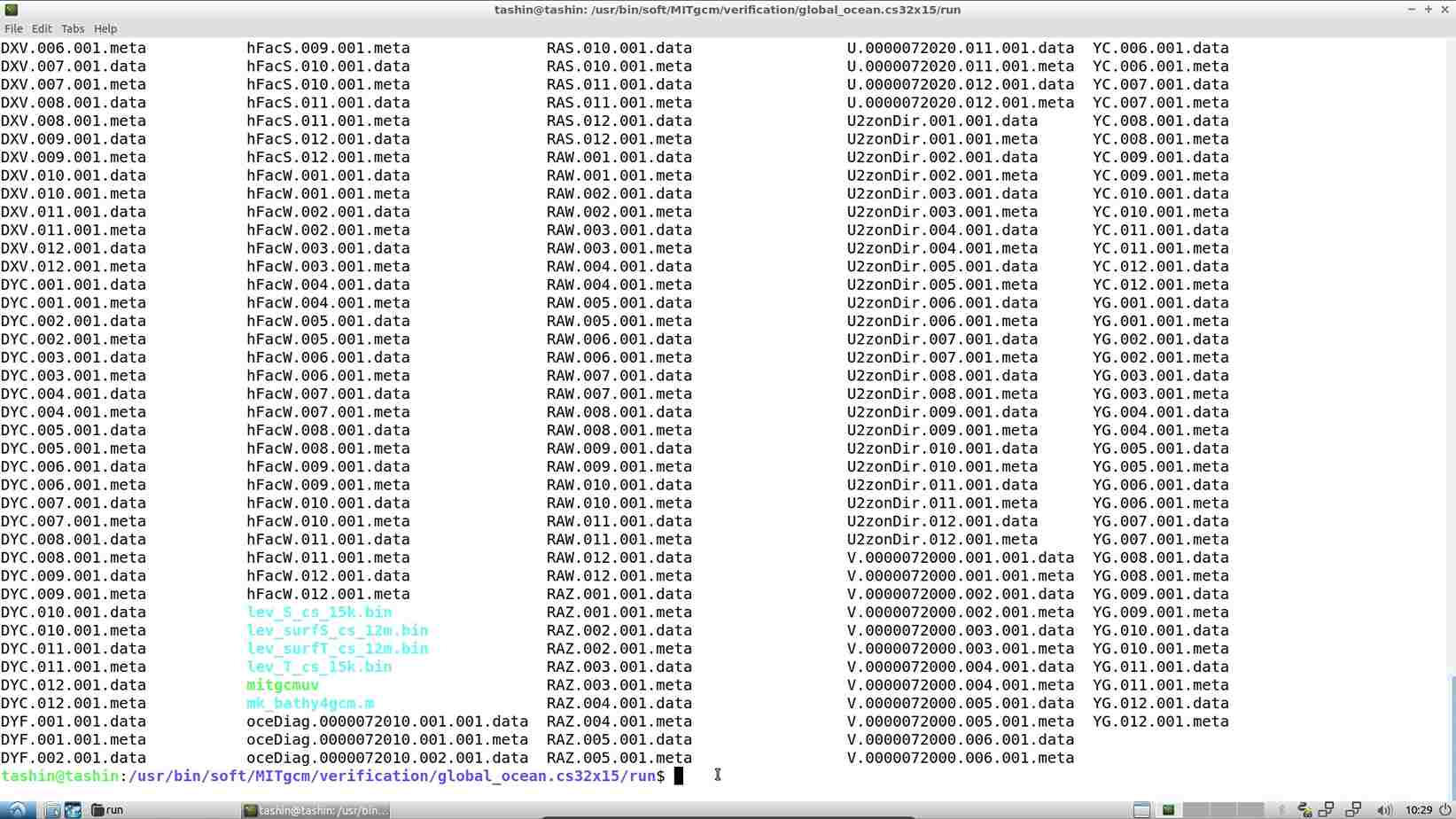MITgcm, which stands for Massachusetts Institute of Technology General Circulation Model, is a powerful numerical model used for simulating and understanding a wide range of oceanic processes. It is renowned for its versatility and high level of detail, making it a go-to tool for researchers studying ocean dynamics, climate variability, marine ecosystems, and more.
MITgcm plays a vital role in oceanography and climate research. Its ability to simulate complex phenomena such as ocean circulation, heat transport, sea ice dynamics, and biogeochemical cycles has made it an indispensable tool for scientists worldwide.
Setting up MITgcm could be a daunting task. However, now there's an easier option! ClimBuntu OS offers a streamlined solution. By installing ClimBuntu OS, you'll have MITgcm readily available on your device, eliminating the need for intricate setup procedures.
Tutorial: Running the Global Ocean Project with MITgcm on Climbuntu
This tutorial demonstrates the steps to execute the Global Ocean project utilizing MITgcm on Climbuntu. Given that MITgcm is preinstalled in Climbuntu, the focus lies on executing the project rather than on its compilation. Detailed documentation is available here.
Step 1: Download GRID_CS32.zip
Begin by downloading the GRID_CS32.zip file. This archive contains essential files that need to be incorporated into the input files of the Global Ocean project.
Step 2: Unzip and Copy Files
Once downloaded, unzip the GRID_CS32.zip file either through the file manager or by using the terminal command unzip /path/GRID_CS32.zip. After extraction, copy the unzipped files into the input folder within the Global Ocean project directory. This can be done manually via the file manager or through the terminal by navigating to the input directory (cd $MODEL/MITgcm/verification/global_ocean/input) and using the command cp /path_to_GRID_CS32/* ..


Step 3: Create Soft Links
Navigate to the run directory of the Global Ocean project (cd $MODEL/MITgcm/verification/global_ocean/run).

This directory is initially empty, proceed to create soft links of all files from the input folder to the current directory (ln -s ../input/* .).

Step 4: Copy MITgcm Executable
Copy the MITgcm executable file into the current directory using the command cp ../build/mitgcmuv ..

Step 5: Execute the Model
Run the MITgcm model by executing the command ./mitgcmuv in the terminal. Wait for the simulation to complete. A successful execution will conclude with the message "PROGRAM MAIN: Execution ended Normally."


Step 6: View Output
After execution, use the ls command to view the output files with extensions .meta and .data.


Step 7: Visualize Data with Python
To visualize the output data, utilize Python. Launch Jupyter Notebook by typing jupyter notebook in the terminal. Jupyter Notebook comes preinstalled with Climbuntu, facilitating seamless data visualization.
By following these steps, you can successfully execute and visualize the Global Ocean project using MITgcm on Climbuntu.